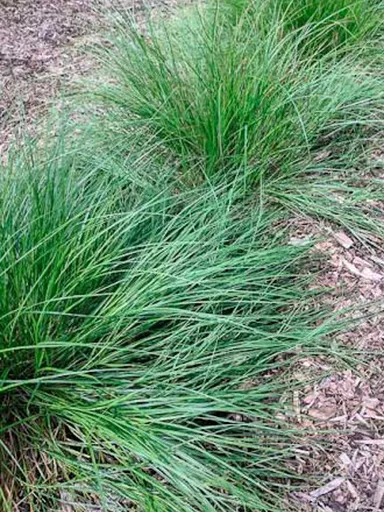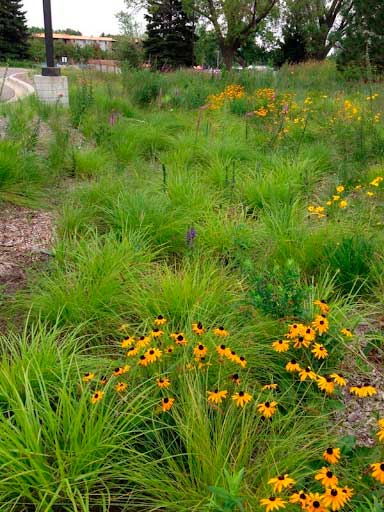8 Native Sedges for Any Garden
8 Native Sedges for Any Garden
Native sedges are gaining in popularity among eco-conscious gardeners, and for good reason.
Native sedges are gaining in popularity among eco-conscious gardeners, and for good reason. Between their well-behaved mannerisms, superb textural qualities, and extraordinary versatility, Carex is a pretty amazing genus. There are nearly 500 species native to the United States. While they are infrequently munched on by herbivores, their seeds feed a plethora of birds and small mammals. Use them to form a base matrix in a garden to fill in between seasonal bloomers and architectural species, or plant them along pathways and edges for breezy movement as you walk by. Most native sedges have rhizomatic root systems, and are either clump-forming or spreading. Clump formers hold shape, and spreaders do well at replacing traditional lawns. Nowadays, I couldn’t imagine installing a garden without at least one species of sedge. Here are some of our favorites by site condition.
Sedges for Dry Shade
Dry, shady gardens are classically a difficult place to plant. Luckily there are natives like Appalachian Sedge (Carex appalachia) that excel here. Growing 12-18” and flourishing in dry to medium soils and full shade, this plant packs in texture and flow with its clump forming habit. It is now commonly available at many garden centers. For a lower growing spreader, Ivory sedge (Carex eburnea) is a good option for replacing lawn where grass won’t grow under trees. Maxing out at 6”, you’ll never need to mow it and, once established, you’ll definitely never have to water it.
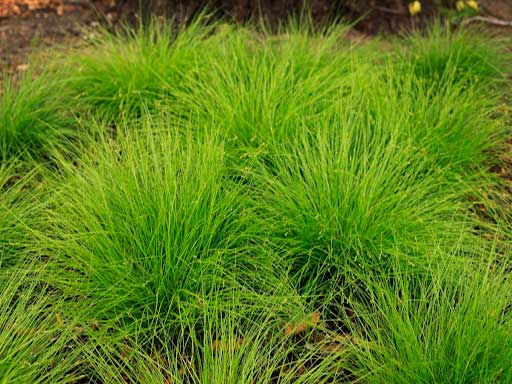
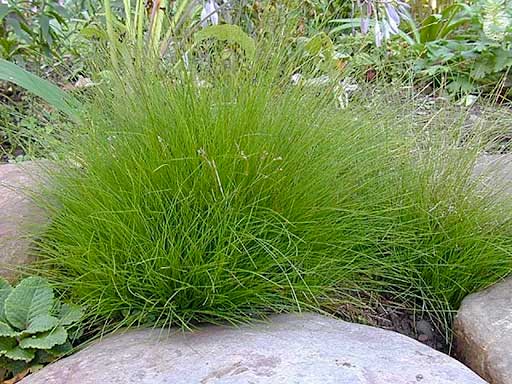
Sedges for Moist Shade
Moist and shady is where it’s at for many sedges! Blue Woods Sedge (Carex falccosperma) has a blade-like leaf with a blue-green hue. Though the northern extent of their native range is New Jersey, they will do well and often remain evergreen in zone 5. If you’re in southern New England, consider it assisted migration. They grow 6” to 1 foot tall and equally as wide, and look best when planted en masse as a groundcover. Plant them with Iris cristata and Meehania cordata for a low-growing, naturalizing woodland garden. Eastern Star Sedge (Carex radiata) is an absolute cutie that practically sparkles when it goes to seed in June. This clump-former grows 1 foot high by 1 foot wide.
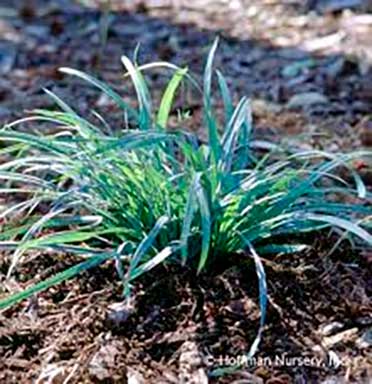
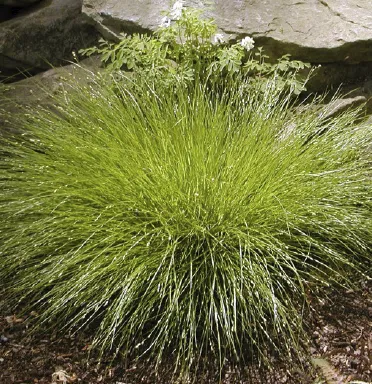
Sedges for Dry Sun
Dry and sunny sedge species are the least common – that’s more of a grass niche. However, in the garden, the small stature and fine texture of sedges do something that grasses often can’t. Plains Oval Sedge (Carex brevoir) is a spreader that forms dense tufts. A specialist of disturbed, rocky, sandy soils, it is highly versatile and will thrive in both very dry and wet conditions. It grows to 2’ tall and 1’ wide and makes a great garden plant with its prickly oval seed heads. Pennsylvania sedge (Carex pensylvanica) is quickly becoming the go-to choice for native lawn replacement with its low growing, spreading nature and ability to thrive in both sun and shade.
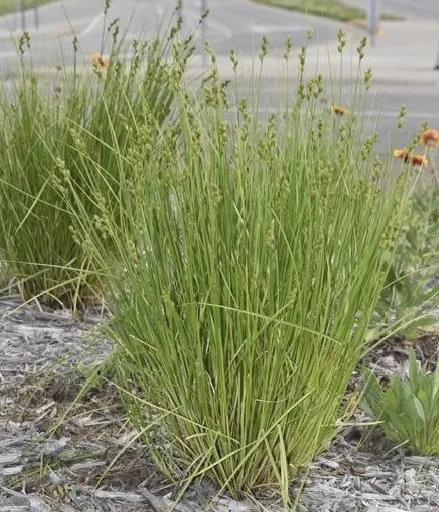
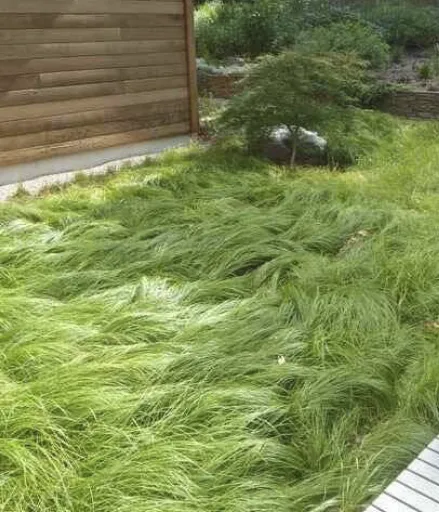
Sedges for Moist Sun
Of all the sedges that fit into this category, Brown Fox Sedge (Carex vulpinoidea) is one of the most abundant, easy to care for, and versatile. Typically found in wetlands, Brown Fox Sedge can adapt to average garden conditions so long as the soil never dries out completely, and can handle partial shade conditions. Perfect for rain gardens and bioswales, it grows 3’ tall and 1-2’ wide. Pointed Broom Sedge (Carex scoparia) is harder to find in the nursery trade, but boasts a finer texture than C. vulpinoidea and a shorter stature at 2’ tall and 1’ wide.
